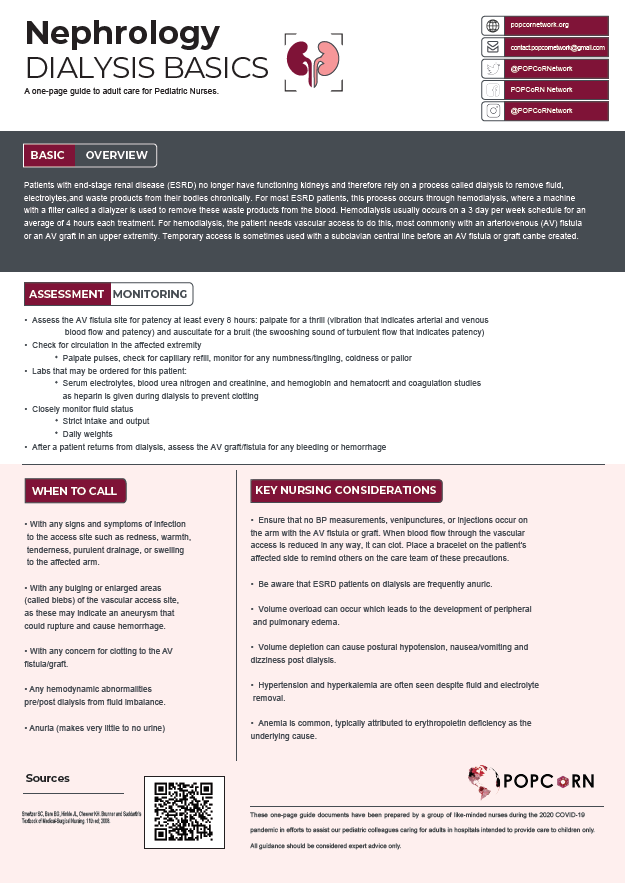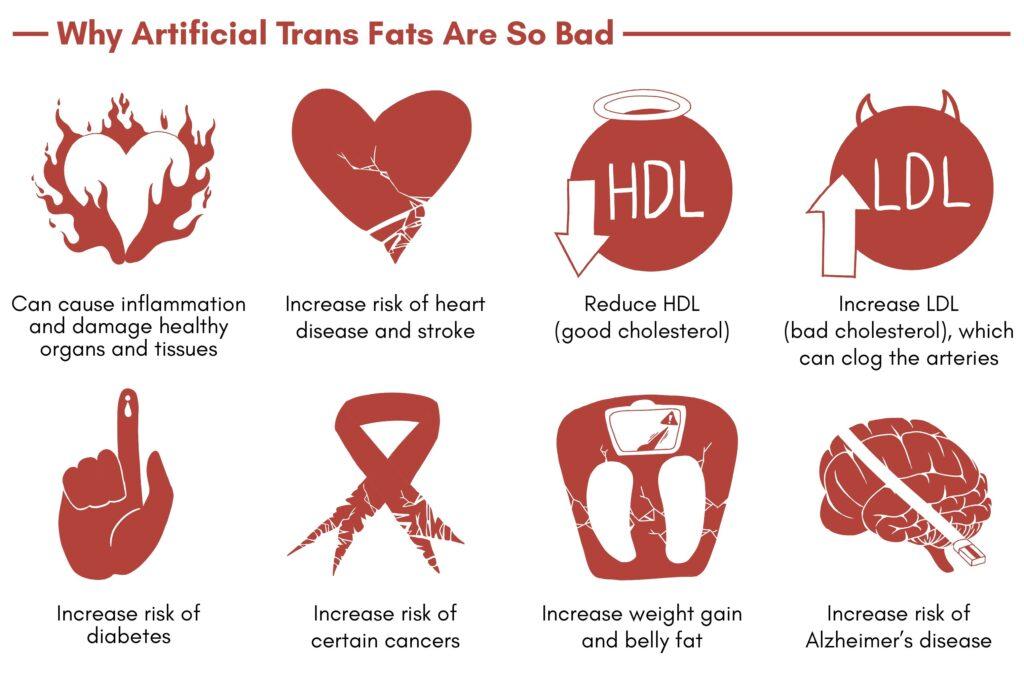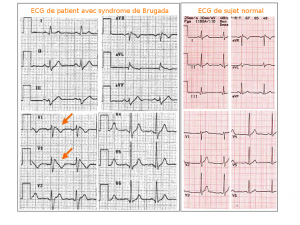
According to Dr. Richard Bernstein, the low-carb guru, you can eat melon and guava without worry. Unlike fruit, which contain carbohydrates and are not suitable for people with diabetes, melon is low-glycemic and can be incorporated into a diabetic’s diet. However, be careful about the amount of carbs you consume as melon can cause a spike in blood sugar.
Watermelon and cantaloupe are both low-glycemic-index foods, containing 8.16 grams of carbohydrates per 100 gram. In addition to being low-glycemic fruits, they also contain fiber and vitamin A. They are excellent sources of vitamin A, which can help preserve heart and kidney function. They also provide significant amounts of potassium and fiber. In addition to being low-glycaemic, melons are also a great choice for people with diabetes because they contain little or no sugar.
It is important to note that melons contain more sugar than other fruits. Because they are high in water, they are also a good source of fiber, which combats dehydration and cools the body. Melons can be a guilt-free treat for people with diabetes, thanks to their mild sweet flavor. In addition, melon can also delay the progression of diabetes by reducing the amount of meat and other healthy fats. When you have diabetes, it’s important to watch your food intake and the insulin you take.
If you’re concerned about the health benefits of melon, consider eating it with a low-carb diet. A 120-gram serving of cantaloupe has only 4 grams of carbohydrates, and it has a low glycemic load. It is also an excellent dessert option for people with diabetes and should not be avoided by any means. But be careful about the quantity of melon that you consume. If you’re diabetic, be sure to measure your carbs to determine if you should eat more or less of it.
When you’re diabetic, you’ll need to make sure to monitor your glucose levels and make sure your meal is as low-carb as possible. You may have to use insulin to lower your blood sugar level. But this is not a problem. Just make sure to read the labels carefully and use the best guide for you. The American Diabetes Association recommends watermelons for everyone. Just make certain to check the labels of the food you buy.
Watermelon has a low glycemic index of 76, which means it’s a great option for diabetics. A 120-gram serving contains only 3 grams of carbohydrates, while a cup of watermelon contains about eighty grams of carbohydrates. When it comes to fruits, watermelon is the most nutritious fruit. But if you’re on a diabetic-friendly diet, melon is better for you than it is for your health.
Watermelon is a good choice for people with diabetes. Despite its high sugar content, it is not considered a food that diabetics should avoid. The American Diabetes Association also recommends melon as part of a balanced diet. Apart from watermelons, you can also eat melon, guava, and melon. Just be sure to read the label and understand how many carbs it contains.
Melons are popular in summer. Because watermelon has a high water content, it can help fight dehydration. It can also help you cool down and delay the onset of diabetes. In addition to their sugar content, melons are low in calories and high in fiber. They contain only 1.5 grams of sugar per piece. Cantaloupe is also a good choice for diabetics, especially if you combine the right diet with a natural supplement dialine.
Melons are also low in calories and can be consumed by people with diabetes. There are only four grams of sugar in a 120-gram serving. Melons should be paired with other lower glycemic index (GI) foods. In terms of carbohydrates, cantaloupe is low in calories and high in fiber. Besides watermelon, it has a lower sugar content than watermelon.
Melons are low in carbs and fiber. Therefore, can diabetics eat melon? In addition to being a great source of fiber, melon is low in calories and low in fat. A slice of watermelon contains 86 calories and 22 grams of carbohydrates. It can be a delicious way to complement your menu plan and satisfy your sweet tooth. When it comes to the benefits of slicing up a juicy sweet sauce, you can’t go wrong.



